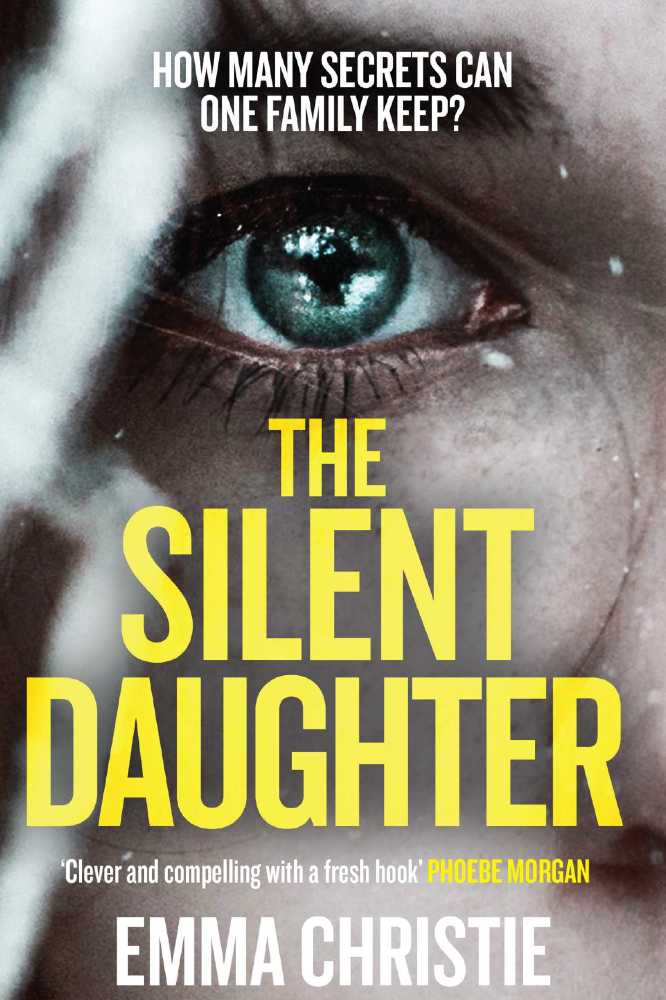I’ve always written stories.

The Silent Daughter
When I was wee I hand-made little comics and when I was at secondary school I wrote a weekly School Buzz column for my local paper. Ten years later I got my first newspaper reporter job – and almost ten years after that I got my first ever publishing deal for my debut novel, The Silent Daughter (Welbeck, September 3, 2020).
But how did my years as a news reporter influence my fiction writing?
First of all, I learned how to write.
And what do I mean by that? I mean that if and when I fell into the trap of writing elaborate descriptions to show off my writing style, my more experienced news reporter colleagues would tut and scold me for being ‘too flowery’. My editor once said that whenever I finished an article I should read it through, find my favourite line, then delete it.
Just say it as it is, Christie.
Little by little, it sunk in.
My newspaper wanted facts, plain and simple – and cut the rest.
Years later when I started writing fiction, my agent said something similar.
She once counted more than 100 metaphors in an early draft – then stopped reading and kindly suggested I edit, edit, edit! Thankfully after years of working in newspapers, I was more than used to being asked to make significant changes to my work, so I wasn’t upset.
As for The Silent Daughter, the main character is a newspaper reporter - but when his daughter Ruth goes missing he finds himself on the wrong side of the story. He uses his newspaper experience and contacts to search for her - and to work out if there’s a connection between his daughter’s disappearance and a recent accident that left his wife in a coma.
Again, my own experience as a news journalist came into play there.
I worked in newspapers before the dawn of smartphones and google maps, and would often be sent out to investigate stories with very little information. My boss would hand me an address and a map and say they’d had reports of police cars parked outside. Check it out, he’d say. Or when someone went missing, I’d be sent to that area of the city and told to knock doors, see if anyone had information on the who, the what and the why. I always found something to move the story on.
And it was there, out of the office, that I really learned how to be a news reporter.
It’s one thing to pass the exams and learn shorthand and another thing entirely to step inside the homes of ordinary people and listen to their extraordinary stories. It’s an enormous responsibility to write about the lives of others, especially when their life has been touched by tragedy. Many of my days were spent sitting on a stranger’s sofa, taking notes as they talked about grief and anger and loss. I was frequently amazed by their willingness to speak to me – but at the end of the day, they wanted to tell their story; how brief moments in life can change everything.
And in the end, those were the stories that stayed with me and inspired me to leave my newspaper job to try writing novels. It’s taken a while - but I’m proud of The Silent Daughter and look forward to sharing this story with readers across the country.

